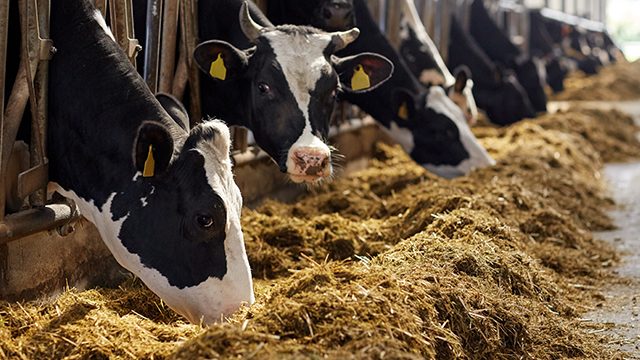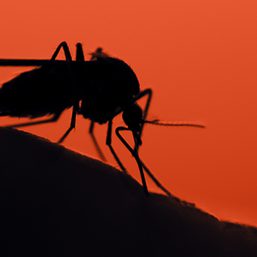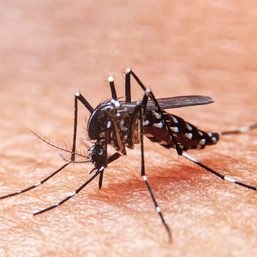SUMMARY
This is AI generated summarization, which may have errors. For context, always refer to the full article.

MANILA, Philippines – While there were no reported anthrax cases in the Philippines in 2024, the Department of Health (DOH) said it is “closely monitoring” the rising number of cases in other countries.
This after Thailand said last week it was closely monitoring the transport of livestock along its border after 50 individuals were reported infected with the disease in Laos.
Anthrax is an infectious, zoonotic disease caused by Bacillus anthracis, which leads to spores that can then spread the bacteria throughout the body. The DOH said the disease poses a “very low” risk to the general public since its transmission depends on one’s exposure to animals. It is also not contagious.
“Anthrax does not spread from person to person like colds or the flu,” the DOH said in a statement on Saturday, March 30. “Animals, like livestock, are the ones most affected.”
Who is at risk?
The DOH noted that those who work in the veterinary industries, farmers, and livestock personnel have the highest risk of contracting the disease.
“Because the risk is specific to certain populations and occupations, available vaccines for anthrax are not used for the general population,” the DOH said. The World Health Organization said in 2016 that the limited supply of the vaccine is used “for the protection of selected individuals with possible occupational exposure to anthrax.”
There has so far been a low number of anthrax infections in the country.
Data from the DOH show there were only 82 suspected anthrax cases from January 1, 2017, to December 2023. No cases were reported in 2019, 2020, and 2021.
How is anthrax transmitted?
According to the US Centers for Disease Control and Prevention, there are three ways humans can get infected with anthrax:
- exposure to infected animals or animal products through inhalation of wool or hair, or by getting cuts when handling contaminated animals and products
- eating raw or undercooked meat from infected animals
- injecting heroin (reported cases in Northern Europe)
Cutaneous anthrax or being exposed to anthrax spores through cuts is the most common form of infection. It may cause itchiness or swelling around the affected area. “Almost all” patients with cutaneous anthrax survive with the proper treatment, the US agency said.
On the other hand, gastrointestinal anthrax can quickly develop from a day to a week after eating infected meat. This can cause fever and chills, swelling of neck or neck glands, diarrhea, or bloody diarrhea, and lead to swelling of the abdomen, among other symptoms.
Inhalation anthrax, meanwhile, is said to be the deadliest form of the disease. The CDC said those working in tanneries or slaughterhouses are at most risk.
“All types of anthrax can eventually spread throughout the body and cause death if they are not treated with antibiotics,” the CDC said.
How to avoid it
Back home, the DOH has instructed the public to:
- avoid eating raw or undercooked meat and meat products
- avoid contact with livestock and/or animal remains
The department said it is also working with the Department of Agriculture to implement measures to protect animals, such as livestock, from contracting the disease.
There’s an anthrax vaccine specifically made for animals. The World Organization for Animal Health noted that there is a different dosage requirement for cattle and horses; sheep, goats, and pigs. – Rappler.com
Add a comment
How does this make you feel?








There are no comments yet. Add your comment to start the conversation.